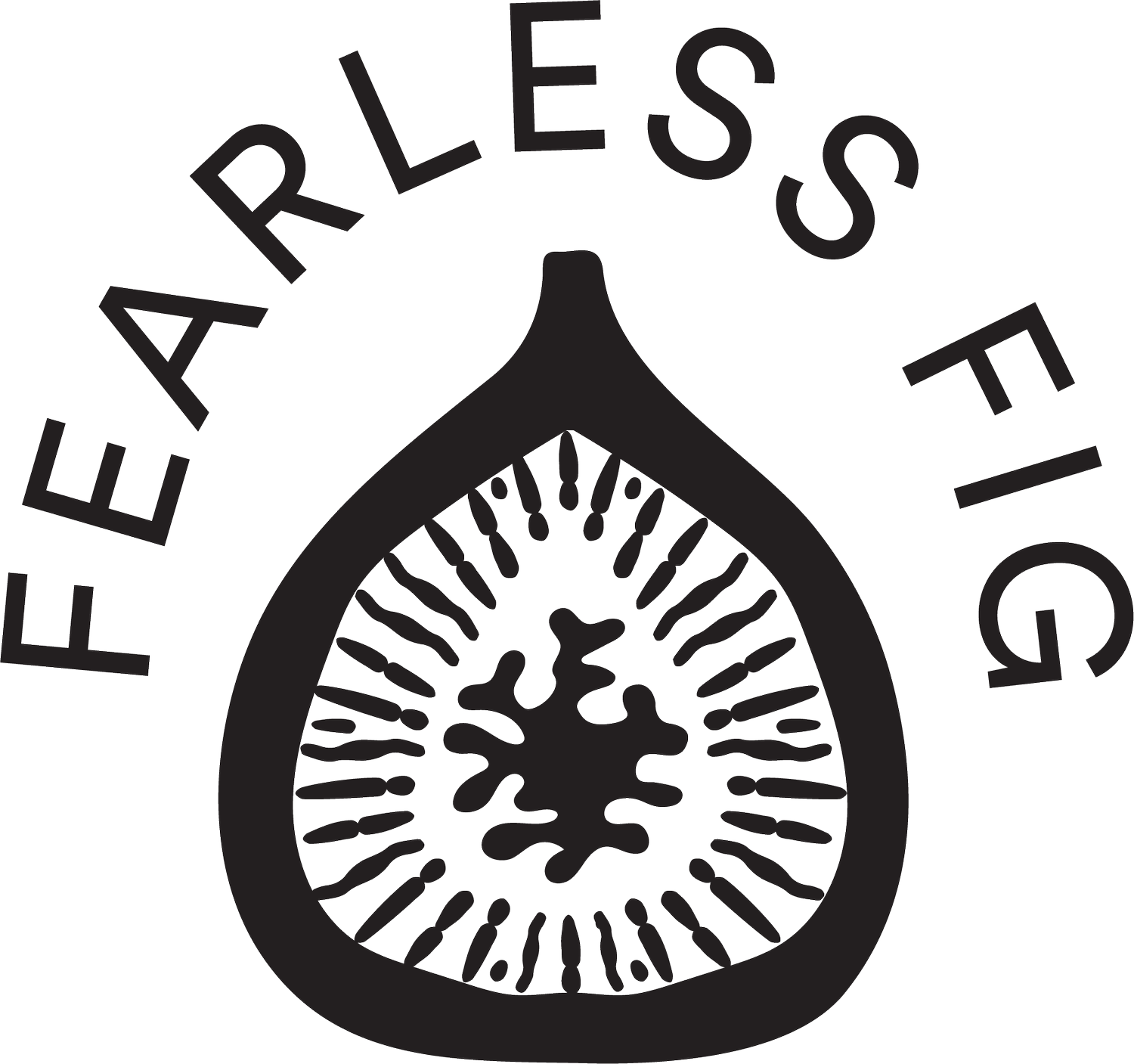A Deeper Look at Gluten + Microbiome Impact
I have always known that many of my clients can practically change their entire diets when they travel abroad. They can eat gluten, dairy and sweets in a way that doesn't seem to wreck havoc on their bodies. After spending three months in Italy, I experienced this first-hand and now my curiosity has been ignited. Why can we eat foods in Europe that we can't consume in the US? And is gluten really the demonic food we have made it out to be? Lets dive into four key factors that makes European gluten different than gluten in the US and how does this impact the microbiome.
What is gluten?
Gluten is a protein found in wheat, rye, barley and triticale. These proteins are also called glutenins and gliadins. Glutenins contribute to the elasticity of dough, while gliadins are primarily responsible for the viscous properties of gluten.
In individuals with celiac disease, an autoimmune disorder affecting approximately 1% of the global population, the ingestion of gluten triggers an immune response that damages the small intestine. This immune reaction is primarily directed against specific peptides derived from gliadin (which is why we test anti-gliadin levels in our clients), leading to inflammation, villous atrophy, and malabsorption of nutrients. The only effective treatment for celiac disease currently is strict adherence to a gluten-free diet.
Non-celiac gluten sensitivity (NCGS) represents another category of gluten-related disorders characterized by gastrointestinal and extra-intestinal symptoms in the absence of celiac disease or wheat allergy.
Gluten also plays an important role in metabolism. GLP-1 is made in the small intestines and is broken down rapidly in the body by the DDP-4 enzyme. Leaky gut can damage this process. The DDP-4 enzyme breaks down gluten, so more gluten in the body means more spared GLP-1. Ever hard of Ozempic? That drug increases GLP-1 in the body… need I say more? The metabolic benefits of GLP-1 include enhanced insulin release, slowed gastric emptying, enhanced neuroplasticity, lowered hunger, increased fat burning and can combat inflammation.
Why is gluten different in Europe (focusing on Italy)?
Let’s take a look at four different reasons why some people are impacted by gluten in the United States but not in Italy.
Italy uses different types of wheat than the US.
The US primarily uses Hard Red Winter Wheat and Italy primarily uses Durum Wheat which has a lower protein content which means lower levels of gliadin. Incorporating gluten into the diet gives your body more exposure to nutrients like iron and b-vitamins. Additionally gluten can help increase GLP-1 which has neuroprotective, anti-inflammatory and metabolic enhancing properties. Gluten free diets were found to have a decreased number of healthy gut bacteria so it is important to only do a gluten-free diet when necessary or to remove gluten for a short period of time while you work on improving microbiome resiliency.
Italian government banned the use of glyphosate in 2016 and in 2023 it was banned from the EU.
Glyphosate is a prominent pesticide used globally with a variety of known complications for human health. Most importantly, glyphosate is a microbiome disruptor, it kills good bacteria in the gut. A study revealed glyphosate alters the soil texture and microbial diversity by reducing the microbial richness and increasing the population of phytopathogenic fungi. This herbicide is considered safer than others, but its overuse imposes chronic effects on the environment and humans. Lower gut diversity can decrease digestive capacity making it harder to breakdown and tolerate certain foods.
Soil quality
Most soil our food is grown in has been over-farmed and is depleted of vital nutrients like iron, magnesium and sulphur. Sulphur deficient soils present a problem when it comes to gliadin content. It was found that sulphur deficient soils produced wheat that contained higher levels of gliadin. When sulphur was added back to the soil, gliadin levels decreased. Italian soil has higher levels of sulphur due to growing conditions and farming practices.
Lifestyle factors
Most portions in Italy are noticeably smaller than what we are use to receiving in the US. I rarely ever left a meal feeling stuffed, just pleasantly full. Another important lifestyle factor is stress levels. It seems that the Italian lifestyle is much slower and less stressful. Most stores close from 1:30pm-4:00pm for everyone to take a break, wine flows freely at all times of the day and there is a bigger focus on family and community. Most importantly, people walk instead of using their car. Upon reentry into the USA, I noticed how this country was developed around the automobile. In Europe, streets and cities were created well before the car and way before the Industrial Revolution. I noticed, in my 3 months in the Tuscany region of Italy, that people well into their 70s were walking everywhere (and carrying their groceries) and even riding bikes instead of driving. Walking plays a role in digestion and processing of gluten. Walking after a meal helps decrease blood sugar spikes and aids in a more balanced digestion. All of these above factors also help improve the diversity of the microbiome.
Conclusion
These are all potential contributing factors to the ease of digesting gluten when living in Italy or the EU. If you have been diagnosed with celiac, I would not test eating gluten. If you have a sensitivity to it, I would encourage you to play around with gluten consumption. As someone with a gluten sensitivity, I was able to tolerate and enjoy a lot of different types of gluten containing products. What I am most excited about is the stool test I did before I went to Italy and the day before I left Italy. This way I can see the full impact the Italian diet had on my gut. I can’t wait to share the results with you when they are ready. What additional questions do you have about gluten?


